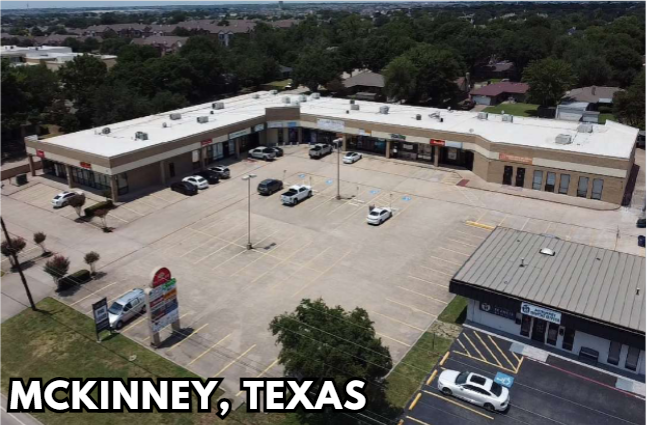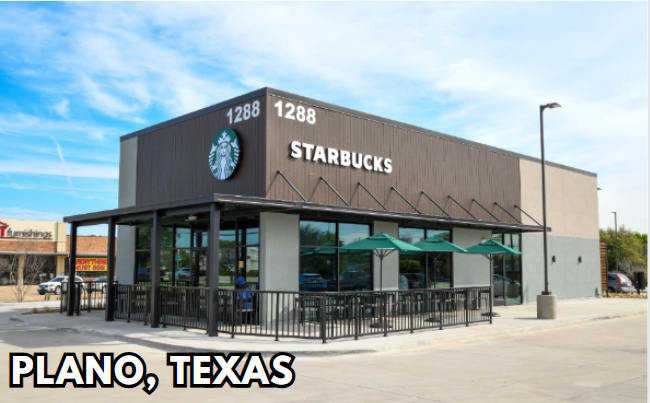State of the market EBG 08-24-2024
Dear investors,
Usually we send a list of properties we procured and thought are worth investing in. This week, we found nothing interesting. It’s not that no deals came up on the market at all, it’s just that non of them felt worthy enough presenting to our investors. Maybe it’s the summer vacations, getting back to school time in Texas or the market sentiment. We’ll see next week.
That said, I thought I’d take this rare opportunity and share my take to the question almost every investor and owner I speak with is asking me these days: Where is the market going and what’s going to happen in the next few years?
I don’t have a crystal ball or insider information but I do spend a lot of time talking with people in real estate, finance and other walks of life and I see that as a critical part of my job to collect the information and try to project where the market is going. That’s the only way I feel I can give the best advice to our investors and property owners!
Where have we been is critical to where we are going! Since 2009 we had a phenomenal growth in the real estate market. It was almost impossible to go wrong investing in real estate between 2009 and 2020. Then we had COVID, Inflation, the rise of interest rates and other factors that brought the real estate world to a much different situation. We believe that late 2022 was the peak and we are in a correction period. How long will that period be is heavily dependent on the election cycle and the pivot point in November this year.
No, this is NOT going to be a political email. I have no desire to get into political views or opinions, I respects everyone’s right to their own points of view.
That said, I DO want to address the market sentiment about the coming presidential elections. The current state of the economy is not great. Everyday Americans can feel it in their pockets when we go to the grocery stores, buying back to school stuff, planning a vacation or looking at the difference between cost of living and salary growth over the last few years. With this in mind the market is trying to predict which direction the economy goes in the next few years. Some of the economic initiatives the democrats are presenting can be very impactful to the economy, and not in a good way. The one that scares the market the most is the Unrealized Gain Tax proposal which can send the stock market over a cliff (I highly encourage you to read more about it).
So how does the market reacts to these uncertain times?
We see four distinct approaches amongst the investors;
1) The Oblivious – These investors charge forward w/o acknowledgement that the market has changed and that a correction is even happening. It’s more common in the Multifamily sphere than any other spaces. These investors are actively buying, paying high prices and hoping for the best?!
2) The Sideliners – These investors have been sitting on the sidelines since last year. They want to invest but are holding back until the see which direction the economy is taking in November. That is a significant amount of money just waiting to see if the election goes the direction they would like to see it going. We probably won’t see this money in play until late 2025.
3) The Hopeful Pessimists – These investors think the correction will be much deeper and more painful after November. These guys hold back and have clear plans on taking advantage of the distress sales that will inevitably come if the inflation keeps rising and jobs start disappearing at a fast rate which will lead the economy into a deep recession. Essentially, expecting another 2009 bottom in the near future. These investors don’t have a specific timeline. They will monitor the market and will jump one they see the blood in the water…
4) The Optimistic Ones – these investors expect the economy to turn faster with a big change in the Whitehouse come November. These investors are actively buying, pushing harder on making transactions happen at higher cap rates planning to cash in within 3-5 years as the economy recovers and cap rates compress again.
My personal opinion, while all approaches are valid, is that the last two groups will be the ones that will make the best investments in the next 5 years. We advise our investors not to try to “time the market” or “hunt for unicorns“. We will help you find a good deal and put in an offer that makes it a great deal. If you have a long term outlook on the investment and you let the market work it’s way through whatever it will, there is a very slim chance of losing money in real estate when playing the long game!
What kind of an investor are you? Did I miss another major group of investors? Comments, concerns, suggestions?
Shoot me a message, email or give me a call! I’d love to hear your thoughts!
|
|

Sign Up Here
Be the first to learn about lucrative commercial real estate investment opportunities in the DFW market pre-vetted by our CRE experts!




































































